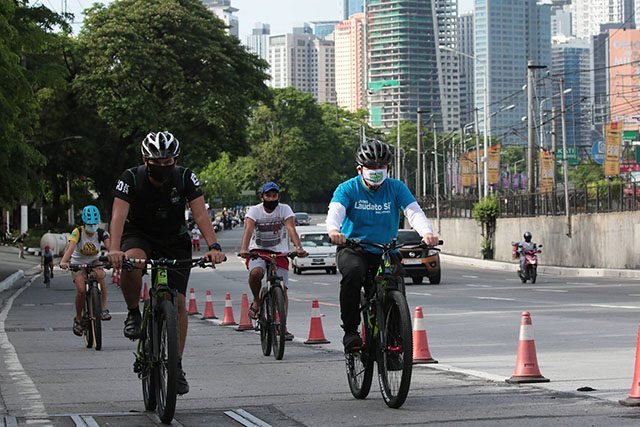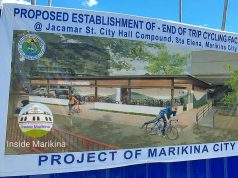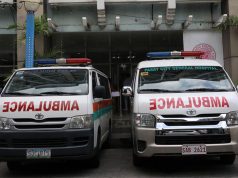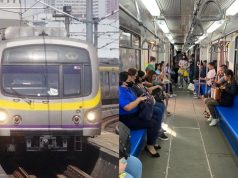
A group of cyclists recently aired their grievances against the bike lanes in Marikina City and other cities in Metro Manila such as inaccessibility and concerns on dangerous paths.
A group called Cycling Matters, who advocate on cycling, re-shared two posts that provided context on why most bike lanes in the metropolis are not safe for both cyclists and commuters.
In a Facebook post on Sunday, a Facebook page called Manila Bike Commuter, run by a bike commuter, enumerated the common reasons why most cyclists are not using bike lanes.
Photos attached in the post also showed why some bike lanes are perceived unsafe and inaccessible.
“‘Demand kayo nang demand ng bike lanes eh di niyo naman ginagamit.’(You keep demanding for bike lanes when you don’t use them). Bakit nga ba hindi ginagamit ang ibang bike lanes?” the post read.
The Facebook user cited the following reasons in the post:
- Vehicles on stand-by
- Parked vehicles
- Used by motorists
- Metal sheets
- Drainage covers
- Rough patches
- Barriers
- Road repair
- Used by pedestrians
- Placed on sidewalks
- Riddled with pillars
- Too narrow for bicycle to access
- To overtake another bike commuter
- Puddles
- Turning left
- Loading / unloading
- Vehicles turning right
- Counterflow of vehicles
“I’m sure there are more reasons (fellow bike commuters feel free to add), but these are the most common ones,” the user said.
Manila Bike Commuter further stressed the importance of safe and sustainable paths for cyclists in Metro Manila.
“Bike lanes are meant to protect vulnerable bicycle users, not cage them so they can no longer use other lanes. If bike lanes are not fulfilling their intended purpose of making safer pathways for bicycle users, then it’s just natural that they will be avoided,” the user said.
Another Facebook user named Lawrence Celestino also shared 32 photos why the bike lane along the Marikina-Infanta Highway is not feasible for bikers.
“Thirty two reasons why most cyclists don’t use the Marikina-Infanta Highway bike lane,” the user wrote.
In June last year, the Department of Transportation allowed the use of bicycles in areas placed under the general community quarantine.
RELATED: ‘Far from truth’: Claims of MMDA official on bikers group’s improvised lanes slammed as ‘baseless’
Even after more transport options became available, most cyclists continued to risk traveling along major thoroughfares in urban, highly populated cities.
Importance of bike lanes in cities
An article from The Conversation stated that last year, there was a widespread call for the implementation of new and safer bike lanes in many countries as part of their government response to the pandemic.
“A recent survey in Toronto demonstrated overwhelming support for these initiatives. It found that 84 per cent of respondents supported the construction of protected bike lanes and 85 per cent wanted the city to do more to protect vulnerable road users,” it read.
The article also explained how cycling can reduce the disparity between the privileged and low-income areas of cities.
“Many of the most vocal cycling advocates live in gentrified urban cores. Measurable rates of cycling — such as journey-to-work — are far higher in these areas,:” the article read.
“However, there are many hidden aspects of cycling — such as the experiences of low-income and racialized residents — that neither show up in official statistics nor are central to mainstream urban debates,” it added.









